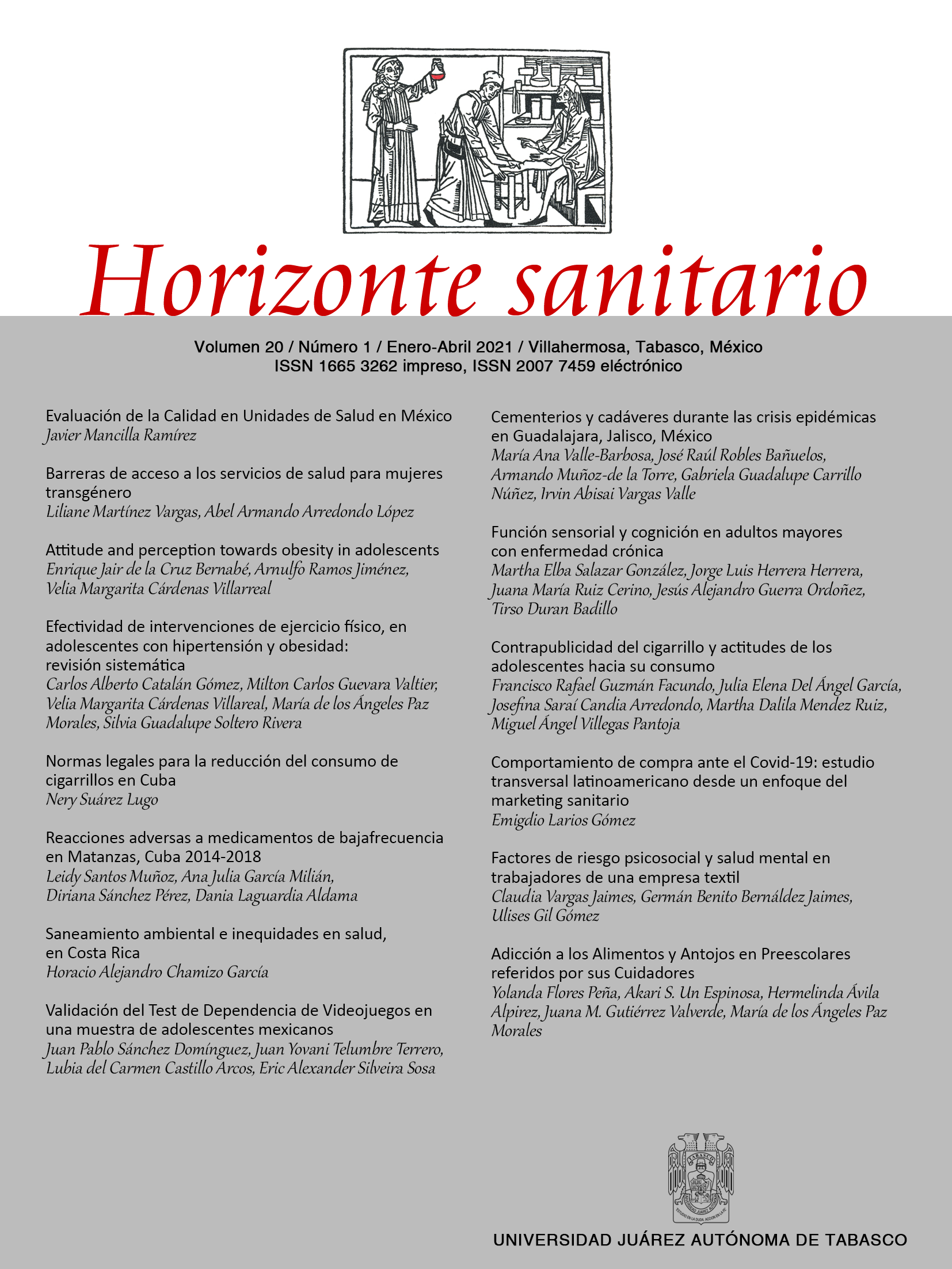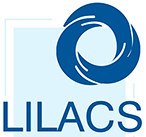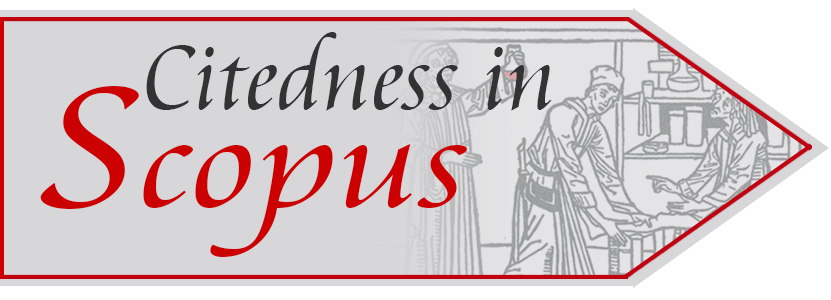Adicción a los Alimentos y Antojos en Preescolares Referidos por sus Cuidadores
DOI:
https://doi.org/10.19136/hs.a20n1.3713Abstract
Objetivos: 1) Identificar y contrastar los síntomas de adicción a los alimentos en preescolares con y sin sobrepeso-obesidad (SP-OB), 2) Identificar y contrastar la frecuencia e intensidad de los antojos por alimentos en preescolares con y sin SP-OB, 3) Identificar factores que determinan el índice de masa corporal (IMC) del preescolar. Métodos: Estudio descriptivo correlacional, participaron 201 cuidadores. Se aplicó la Escala Adicción a los Alimentos de Yale para Niños (YFAS-C) y Cuestionario Características de Antojos por los Alimentos. Se midió peso y talla del preescolar. Resultados: El alpha de Cronbach de la escala YFAS-C fue 0.621. El 91% de los cuidadores fueron madres. La media de síntomas de adicción a los alimentos en preescolares con SP-OB fue Media =.3488 (n = 43) y sin SP-OB Media = .3987 (n = 158), U = 3351.00, p ˃ 0.05. Anticipación de refuerzo positivo fue la característica de antojo con la media más alta (Media = 9.05, DE = 4.21) y la más baja emociones (Media = 2.40, DE = .878), no se encontraron diferencias significativas. No se encontró relación entre los síntomas de adicción a los alimentos y el IMC del preescolar. Los antojos contribuyeron al IMC del preescolar, varianza explicada 12.2%. Conclusiones: La escala YFAS-C es la única diseñada para evaluar los síntomas de adicción a los alimentos en niños, sin embargo, en el presente estudio no se identificaron síntomas, se recomienda continuar explorando este concepto en este grupo de edad. Palabras clave: Adicción a la Comida; Ansia; Índice de Masa Corporal; Peso Corporal, Relación madre-hijo.Downloads
References
Organización Mundial de la Salud. Comisión para acabar con la obesidad infantil. Datos y cifras sobre obesidad infantil. Disponible en: https://www.who.int/end-childhood-obesity/facts/es/
Corvalán C, Garmendia ML, Jones-Smith J, Lutter CK, Miranda JJ, Pedraza LS, et al. Nutrition status of children in Latin America. Obes Rev. 2017;18 Suppl 2:7-18. DOI: 10.1111/obr.12571
Liu Y, von Deneen KM, Kobeissy FH, Gold MS. Food addiction and obesity: evidence from bench to bedside. J Psychoactive Drugs. 2010;42(2):133-45.
Burrows T, Meule A. 'Food addiction'. What happens in childhood? Appetite. 2015;89:298-300. DOI: 10.1016/j.appet.2014.12.209
Burrows T, Skinner J, Joyner MA, Palmieri J, Vaughan K, Gearhardt AN.
Food addiction in children: Associations with obesity, parental food addiction and feeding practices. Eat Behav. 2017;26:114-120. DOI: 10.1016/j.eatbeh.2017.02.004
Randolph TG. The descriptive features of food addiction; addictive eating and drinking. Q J Stud Alcohol. 1956;17(2):198-224.
Merlo LJ, Klingman C, Malasanos TH, Silverstein JH. Exploration of food addiction in pediatric patients: A preliminary investigation. J Addict Med. 2009 Mar;3(1):26-32. DOI: 10.1097/ADM.0b013e31819638b0.
Gearhardt AN, Corbin WR, Brownell KD. Preliminary validation of the Yale Food Addiction Scale. Appetite. 2009;52(2):430-6. DOI: 10.1016/j.appet.2008.12.003
Gearhardt AN, Roberto CA, Seamans MJ, Corbin WR, Brownell KD. Preliminary validation of the Yale Food Addiction Scale for children. Eat Behav. 2013;14(4):508-12. DOI: 10.1016/j.eatbeh.2013.07.002.
Skinner MD, Aubin HJ. Craving's place in addiction theory: contributions of the major models. Neurosci Biobehav Rev. 2010;34(4):606-23. DOI: 10.1016/j.neubiorev.2009.11.024
Cepeda-Benito A, Gleaves DH, Fernández MC, Vila J, Williams TL, Reynoso J. The development and validation of Spanish versions of the State and Trait Food Cravings Questionnaires. Behav Res Ther. 2000;38(11):1125-38. DOI: 10.1016/S0005-7894(00)80009-X
Joyner MA, Gearhardt AN, White MA. Food craving as a mediator between addictive-like eating and problematic eating outcomes. Eat Behav. 2015;19:98-101. DOI: 10.1016/j.eatbeh.2015.07.005
Magyar ÉE, Tényi D, Gearhardt A, Jeges S, Abaligeti G, Tóth ÁL, Janszky J, et al. Adaptation and validation of the Hungarian version of the Yale Food Addiction Scale for Children. J Behav Addict. 2018;7(1):181-188. DOI: 10.1556/2006.7.2018.03
Schulte EM, Jacques-Tiura AJ, Gearhardt AN, Naar S. Food addiction prevalence and concurrent validity in African American adolescents with obesity. Psychol Addict Behav. 2018;32(2):187-196. DOI: 10.1037/adb0000325.
Martinez SM, Rhee KE, Blanco E, Boutelle K. Latino mothers' beliefs about child weight and family health. Public Health Nutr. 2017;20(6):1099-1106. DOI: 10.1017/S1368980016002962.
Malika NM, Hayman LW Jr, Miller AL, Lee HJ, Lumeng JC. Low-income women's conceptualizations of food craving and food addiction. Eat Behav. 2015;18:25-9. DOI: 10.1016/j.eatbeh.2015.03.005
Flores-Peña Y, Acuña-Blanco A, Cárdenas-Villarreal VM, Amaro-Hinojosa MD, Pérez-Campa ME, Elenes-Rodríguez JR. The association between maternal perception of her child weight and maternal feeding styles [Article in Spanish; Abstract available in Spanish from the publisher]. Nutr Hosp. 2017 Feb 1;34(1):51-58. DOI: 10.20960/nh.975
Flores-Peña Y, Cárdenas-Villarreal VM ,Trejo-Ortiz PM, Ávila-Alpirez H, Ugarte-Esquivel A, Gallegos-Martínez J. Maternal actions and problems in managing the child's weight and their association with the maternal perception of the weight and age of her child [Article in Spanish; Abstract available in Spanish from the publisher]. Nutr Hosp. 2014;29(4):822-8. DOI: 10.3305/nh.2014.29.4.7166
Hofmann J, Meule A, Reichenberger J, Weghuber D, Ardelt-Gattinger E, Blechert J. Crave, Like, Eat: Determinants of Food Intake in a Sample of Children and Adolescents with a Wide Range in Body Mass. Front Psychol. 2016;7:1389. eCollection 2016.



































